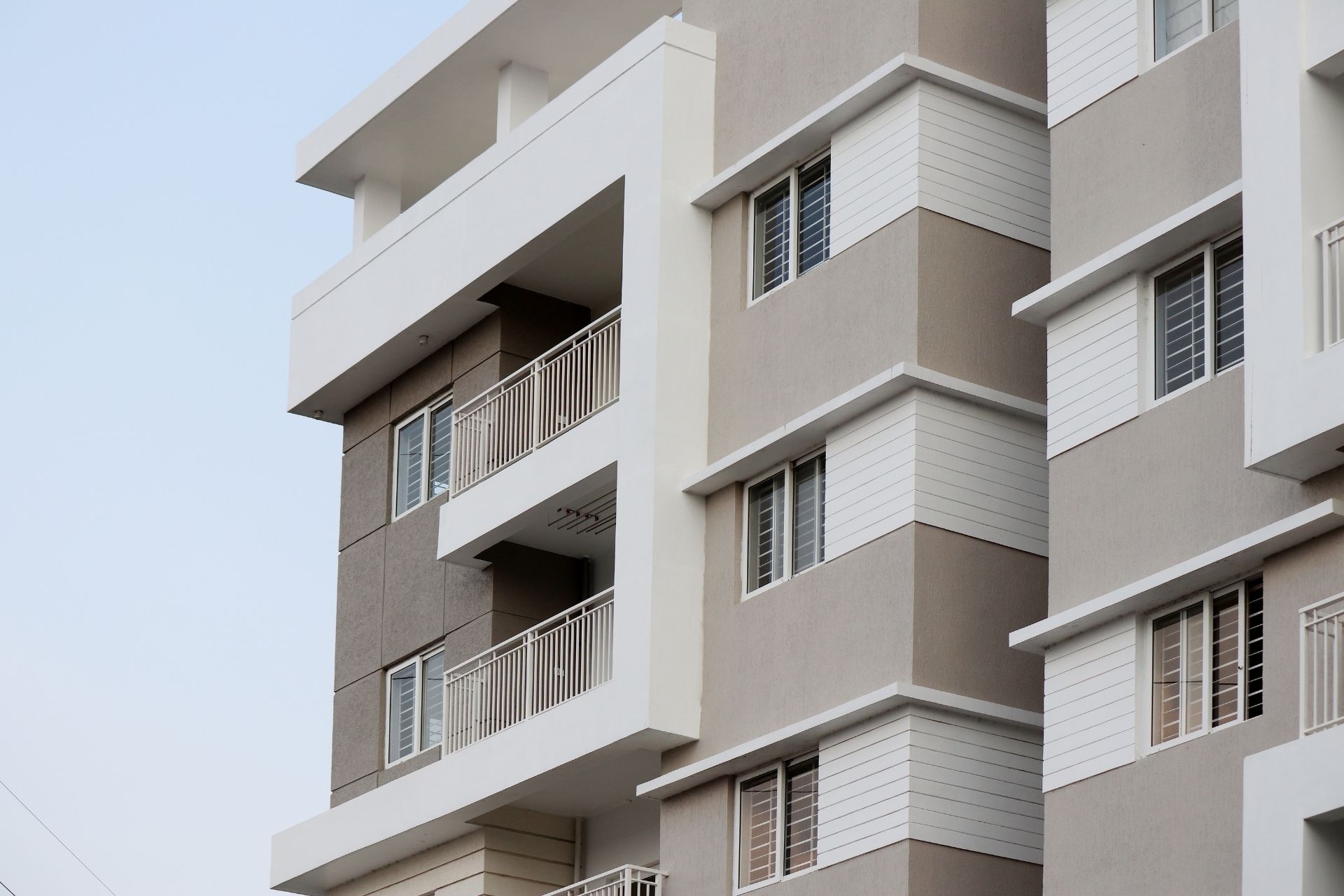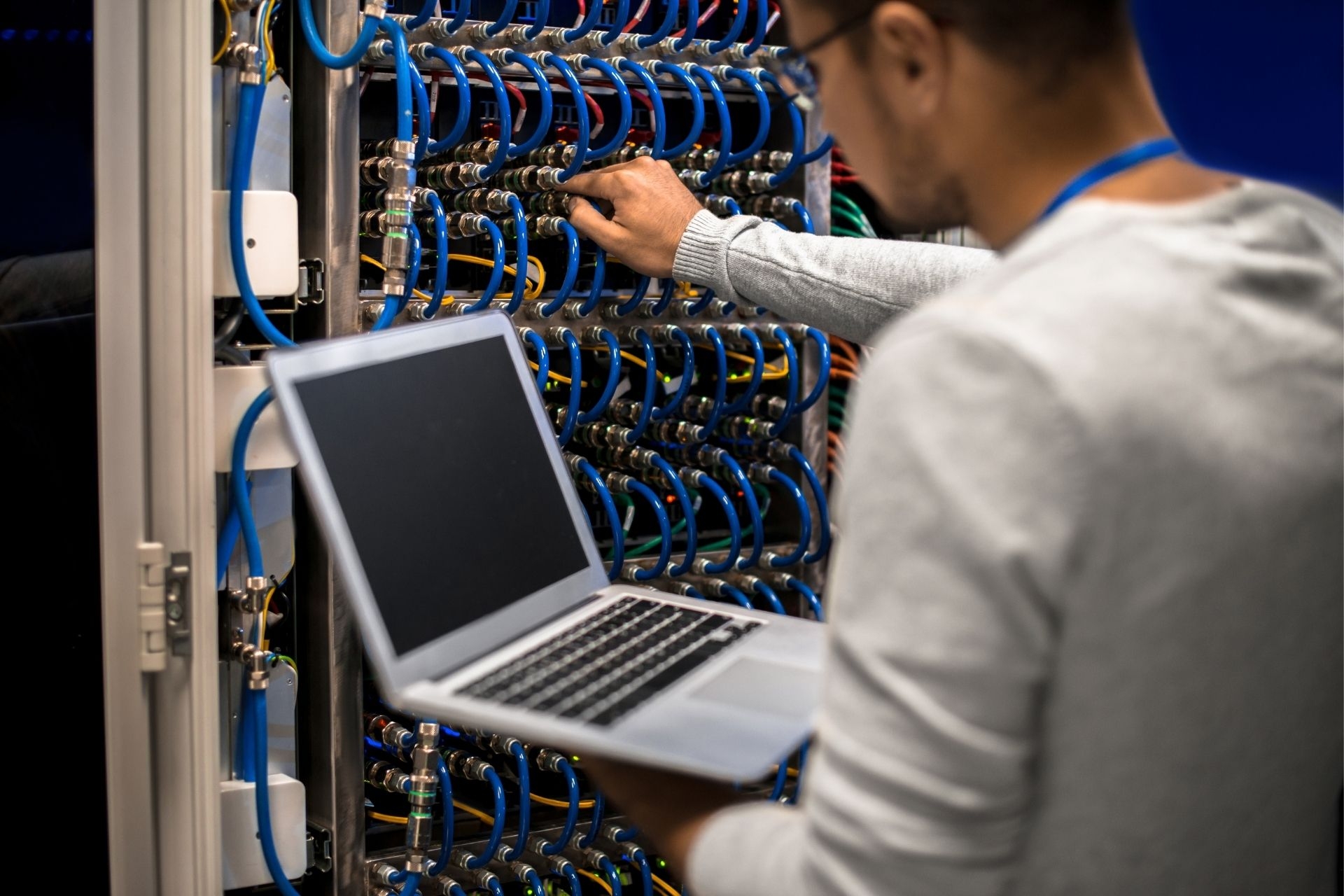Fiber Backbone Installation
What are the key considerations when planning the installation of a fiber backbone network?
When planning the installation of a fiber backbone network, key considerations include the overall network design, the distance the fiber optic cables need to cover, the number of connections required, the type of equipment needed, and the budget allocated for the project. It is essential to conduct a thorough site survey to assess the existing infrastructure and determine the best route for laying the fiber cables to minimize potential obstacles or interference.







